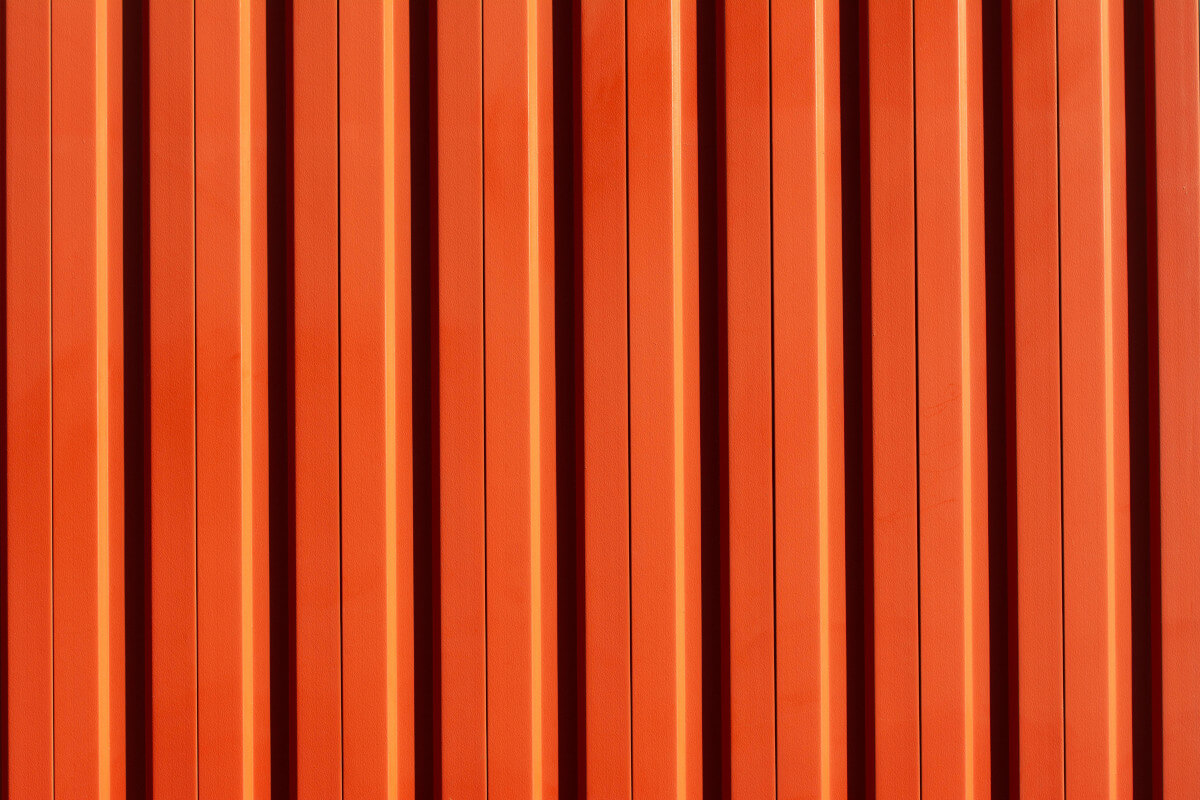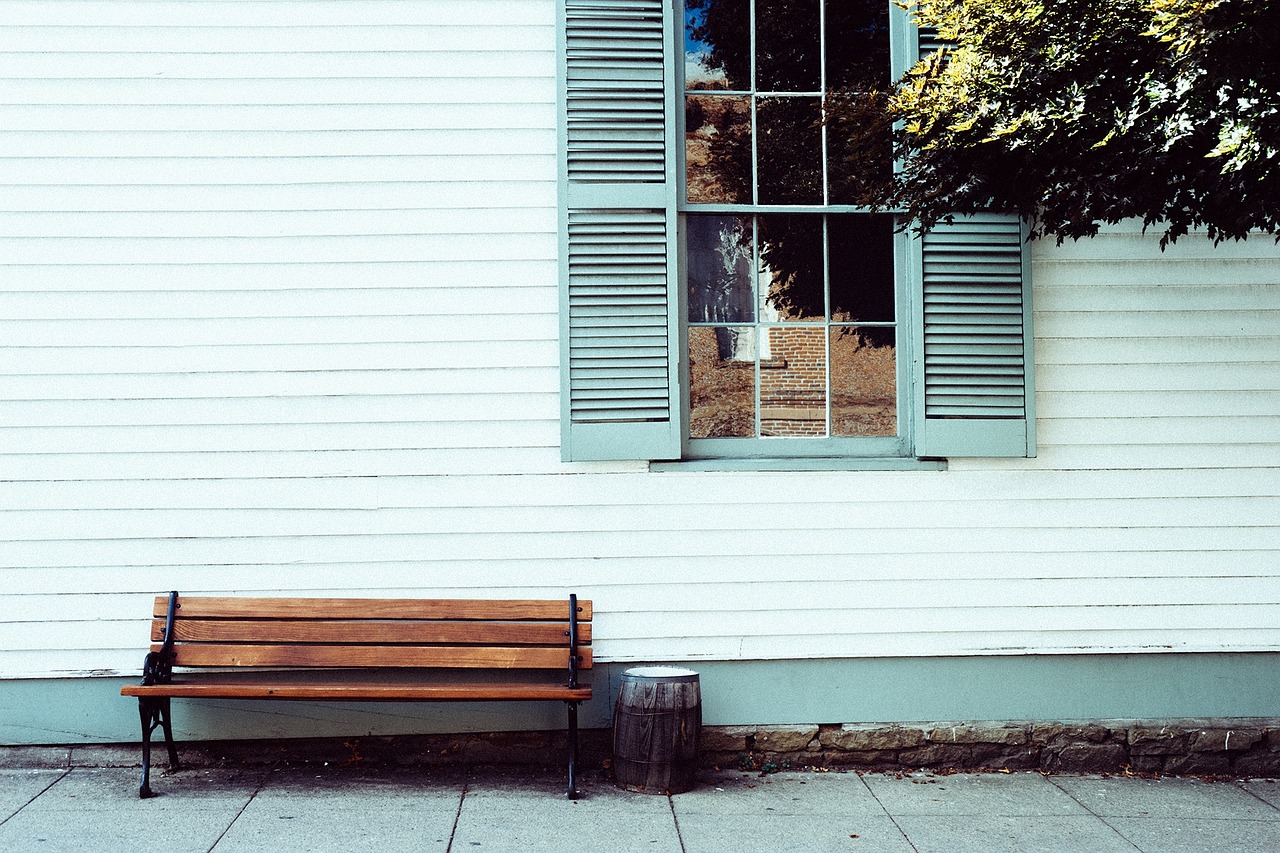Siding 101: A Beginner's Guide to Choosing the Right Material
Choosing the right siding for your home is a critical decision that affects not only the aesthetic appeal of your property but also its durability and maintenance needs. Siding serves as the outer shell of your home, protecting it from harsh weather, insulating it against heat and cold, and contributing to its overall energy efficiency. With a vast array of materials available, each offering its own set of benefits and challenges, navigating the world of siding can seem daunting.
This guide is designed to simplify that process, providing you with the foundational knowledge needed to make an informed choice that aligns with your home's architectural style, your personal preferences, and your budget. Whether you're building a new home, undertaking a significant remodel, or simply looking to update your home's exterior, understanding the basics of siding is the first step towards making a choice you'll be happy with for a long time.

Asking Local Experts
Before deciding on the siding material for your home, one invaluable step is consulting with local experts. These professionals have a wealth of knowledge about what works best in your area's climate and can provide insights into the durability and longevity of various siding options. Local contractors or architects are not only familiar with the regional weather patterns that can affect siding materials but also understand local building codes and requirements that might influence your choice.
Another perk is that they can install the siding for you, ensuring that it's done correctly and minimizing the chance of future issues. Whether you work with an Everett siding installation service, A New Jersey contractor, or a professional local to your area, their expertise can help guide you toward the best option for your home. This way, you can gather valuable information and compare it with what you learn here to make an informed decision.
Types of Siding Materials
The first step in choosing the right siding material for your home is to familiarize yourself with the various options available. Here are some of the most popular choices on the market today:
- Vinyl: This durable, low-maintenance option is a favorite among homeowners due to its affordable price point and wide range of color and style options. It's also resistant to rot, pests, and extreme weather conditions.
- Wood: For a classic, traditional look, wood siding is hard to beat. It can be painted or stained in various colors and gives your home a warm, natural appearance. However, it requires regular maintenance and is more susceptible to damage from insects and moisture than other materials.
- Fiber Cement: Made of cement, sand, and cellulose fibers, this siding option is becoming increasingly popular due to its high durability and resistance to fire, insects, and rot. It can also mimic the look of wood or stucco at a lower cost.
- Brick: A timeless choice that adds elegance and charm to any home, brick is known for its longevity and low maintenance needs. However, it can be costly to install and is not as energy-efficient as other materials.
Factors to Consider When Choosing Siding
When selecting siding for your home, several critical factors merit consideration to ensure that your choice not only enhances the aesthetic appeal of your property but also meets your functional and financial needs. The following are some important points to remember:
- Durability: The longevity of your siding is paramount. Consider the climate in your area, including factors such as humidity, temperature extremes, and potential for pest infestations, to choose a material that can withstand these conditions over time.
- Maintenance: The amount of maintenance needed for various siding materials varies. While vinyl siding offers the advantage of being low-maintenance, materials like wood may require periodic painting or staining to maintain their appearance and integrity.
- Cost: Budget is an important consideration in any home improvement project. The cost of siding can vary widely based on the material, installation fees, and maintenance expenses over time. While initial costs may be higher for durable materials like brick or fiber cement, their longevity, and lower maintenance needs can offer greater value in the long run.

Sustainability and Eco-Friendly Options
In recent years, there has been a growing trend towards sustainable and environmentally friendly construction materials. Siding is no exception, with several eco-friendly options available on the market. These can be anything from recycled materials to those with low environmental impact or high energy efficiency. Some popular choices include cedar, which is a renewable resource, and insulated vinyl siding, which can improve a home's energy efficiency. Be sure to research the sustainability and eco-friendliness of any potential options before making your decision.
Choosing the right siding material for your home requires careful consideration of several factors, including durability, maintenance needs, cost, and sustainability. Consulting with local experts and familiarizing yourself with the different types of siding materials available can help you make an informed decision that meets your personal preferences and budget.